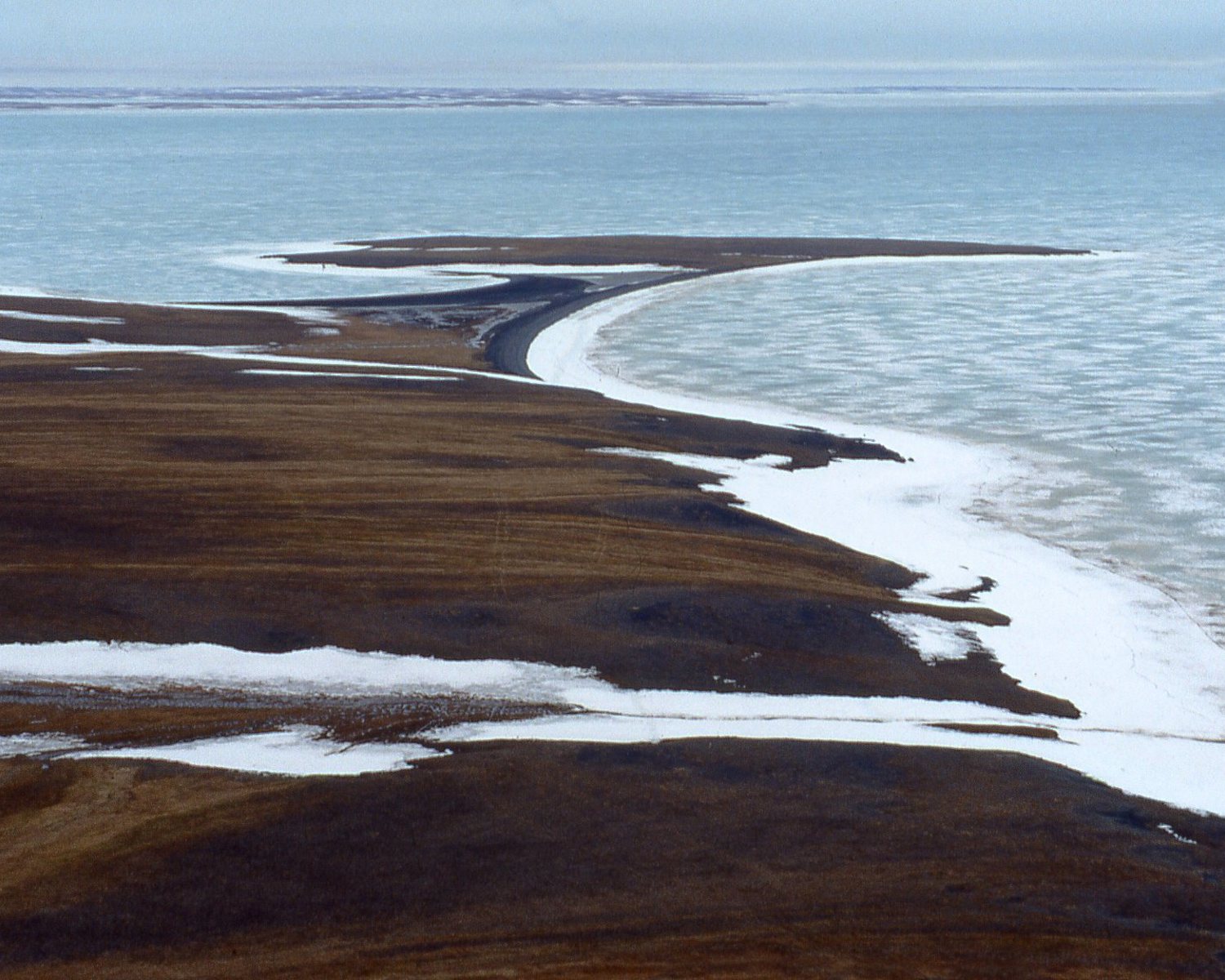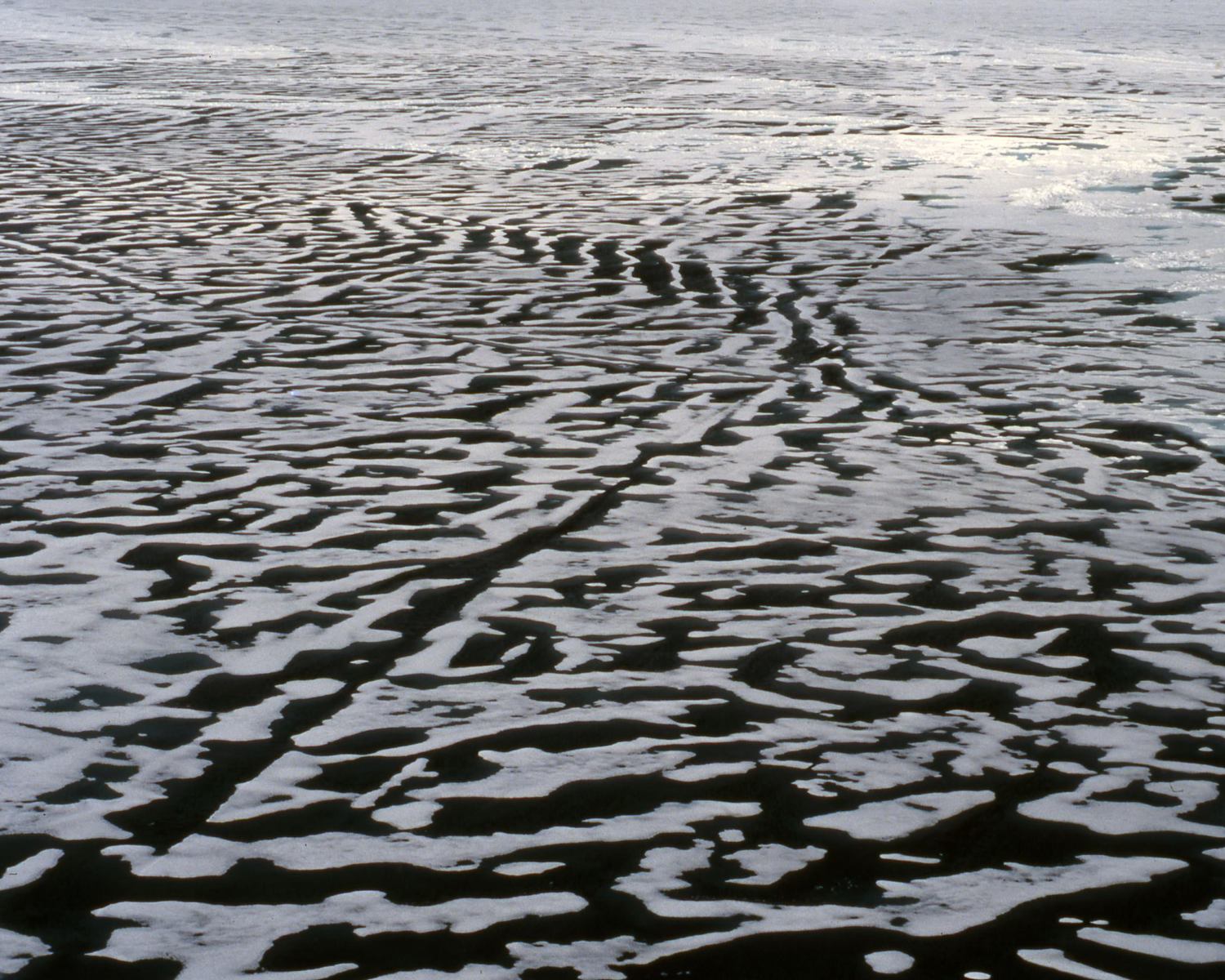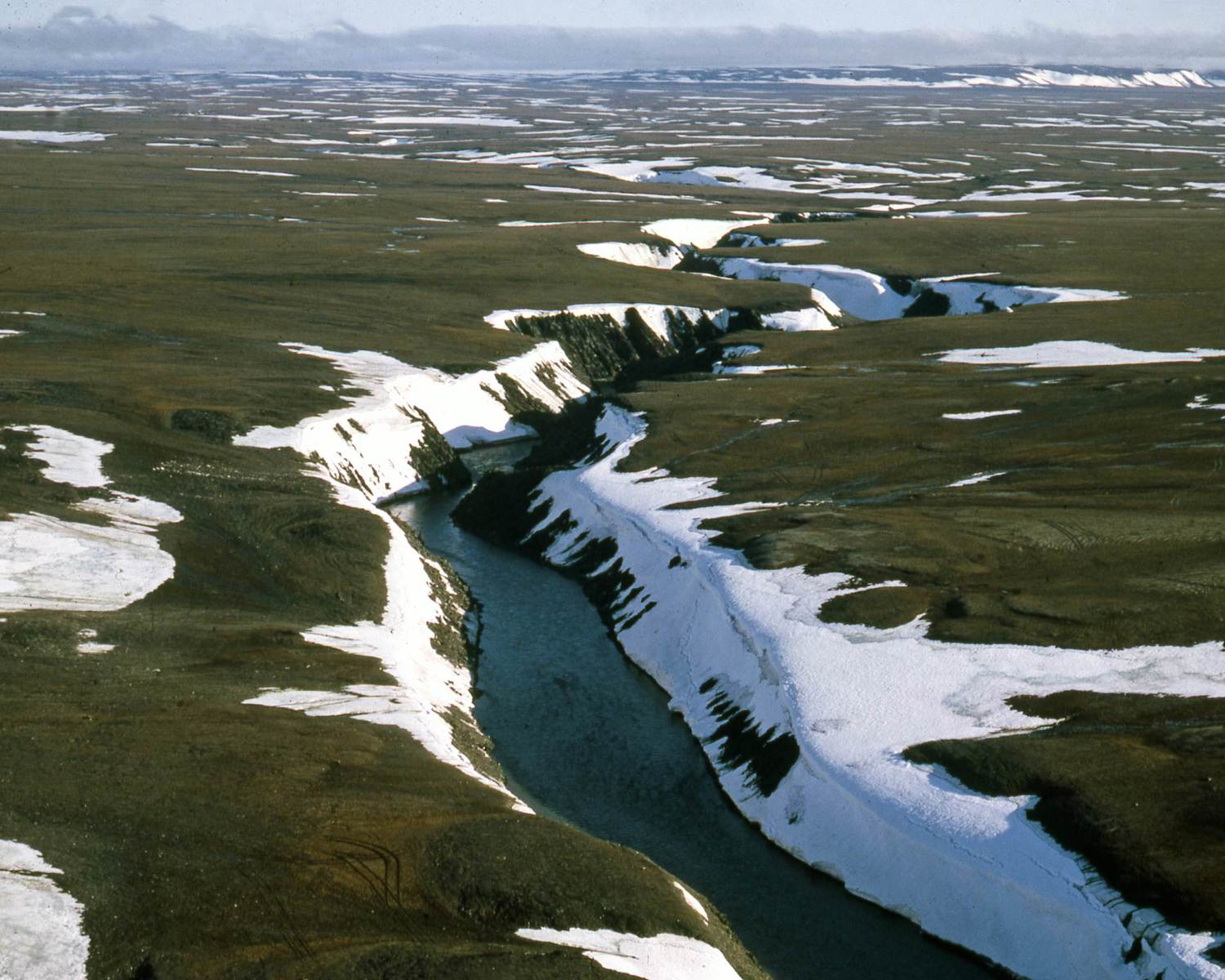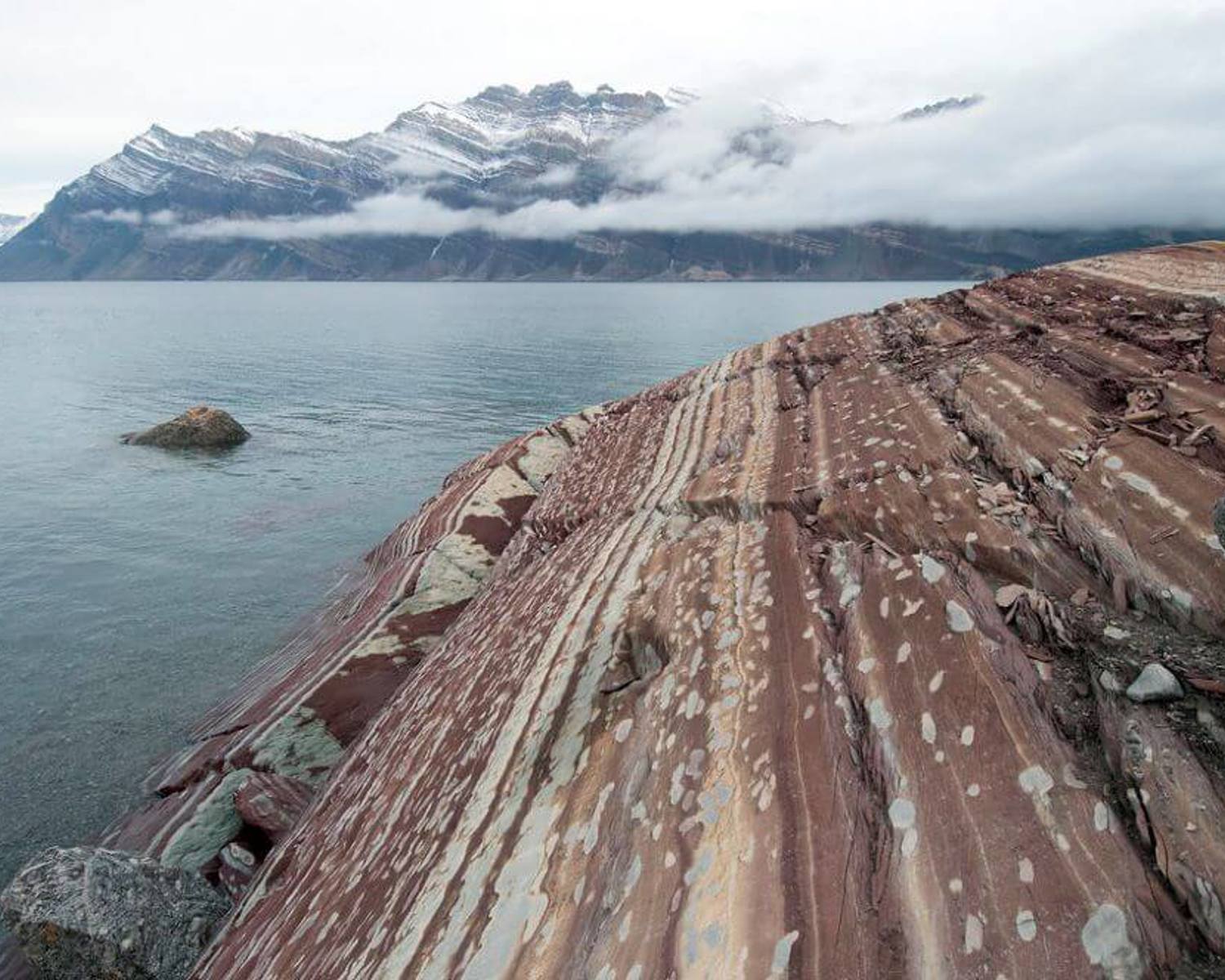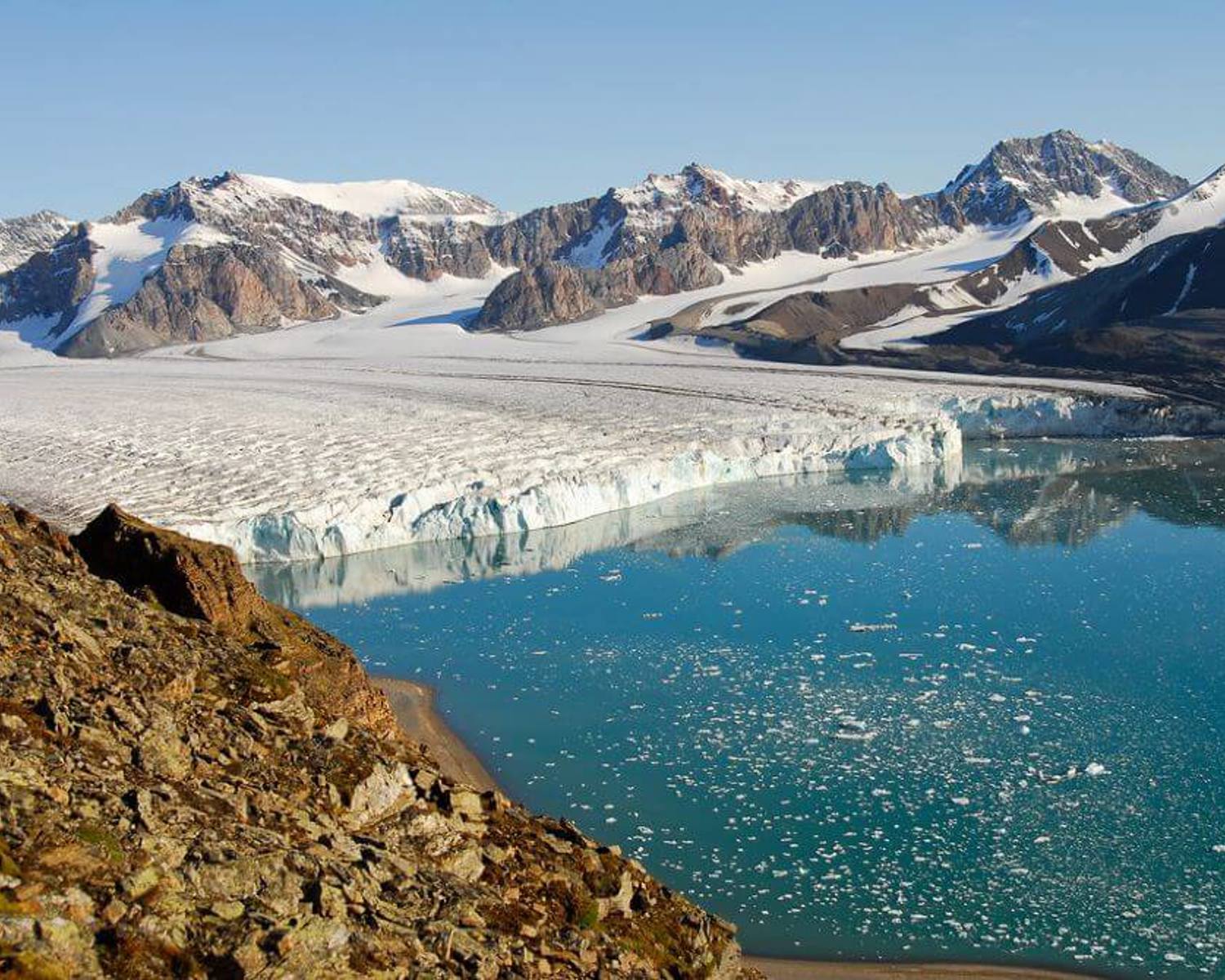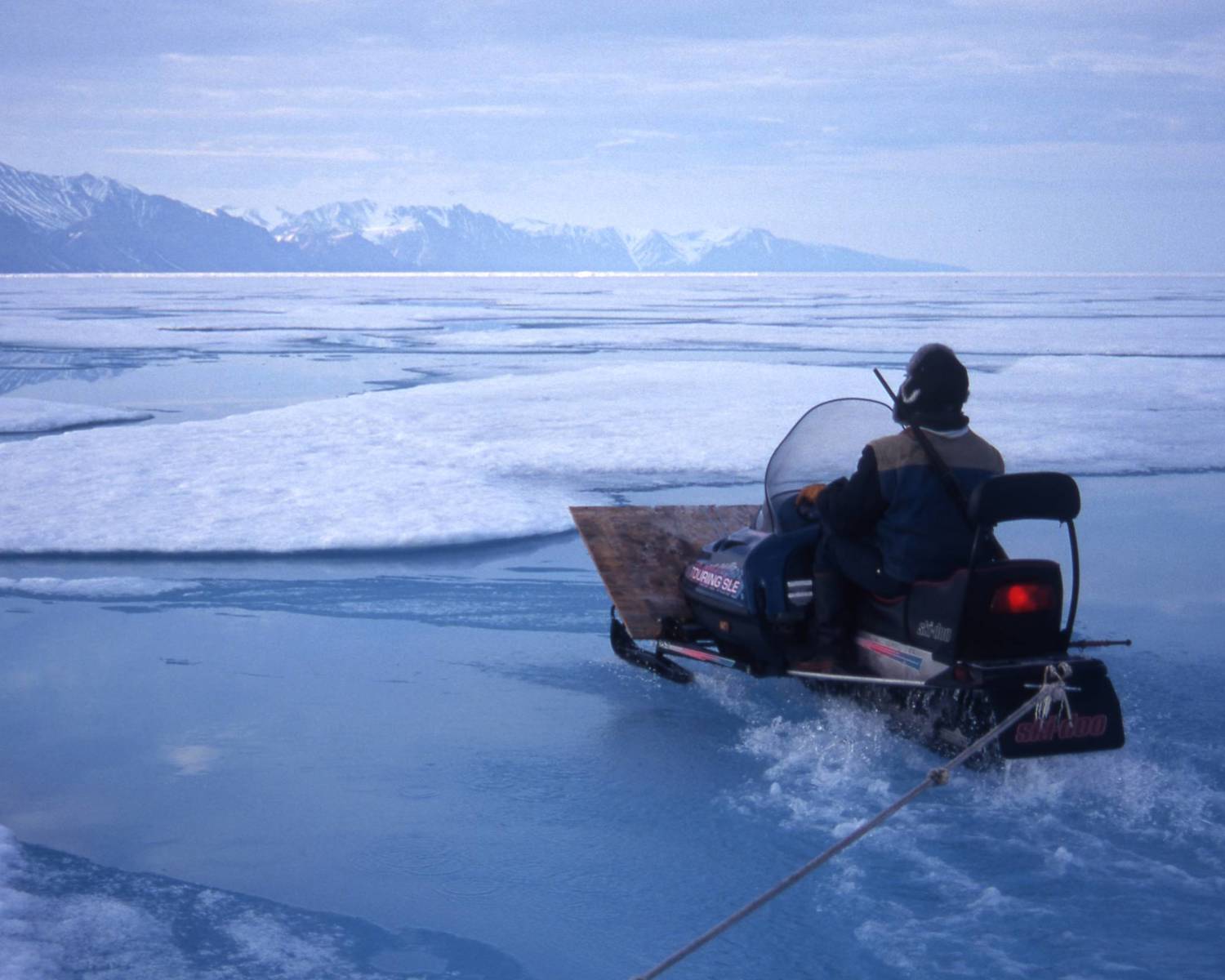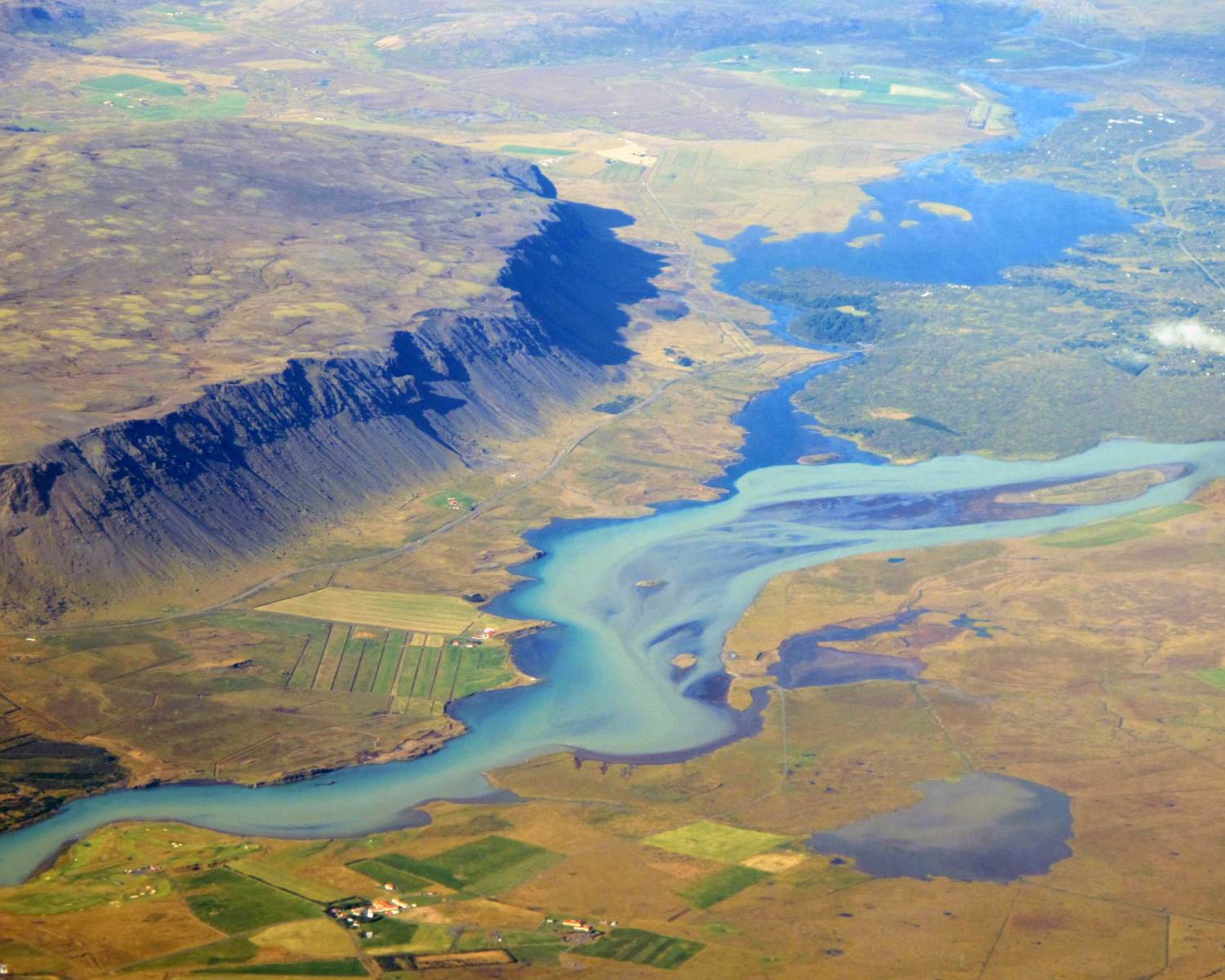Artificial downwelling
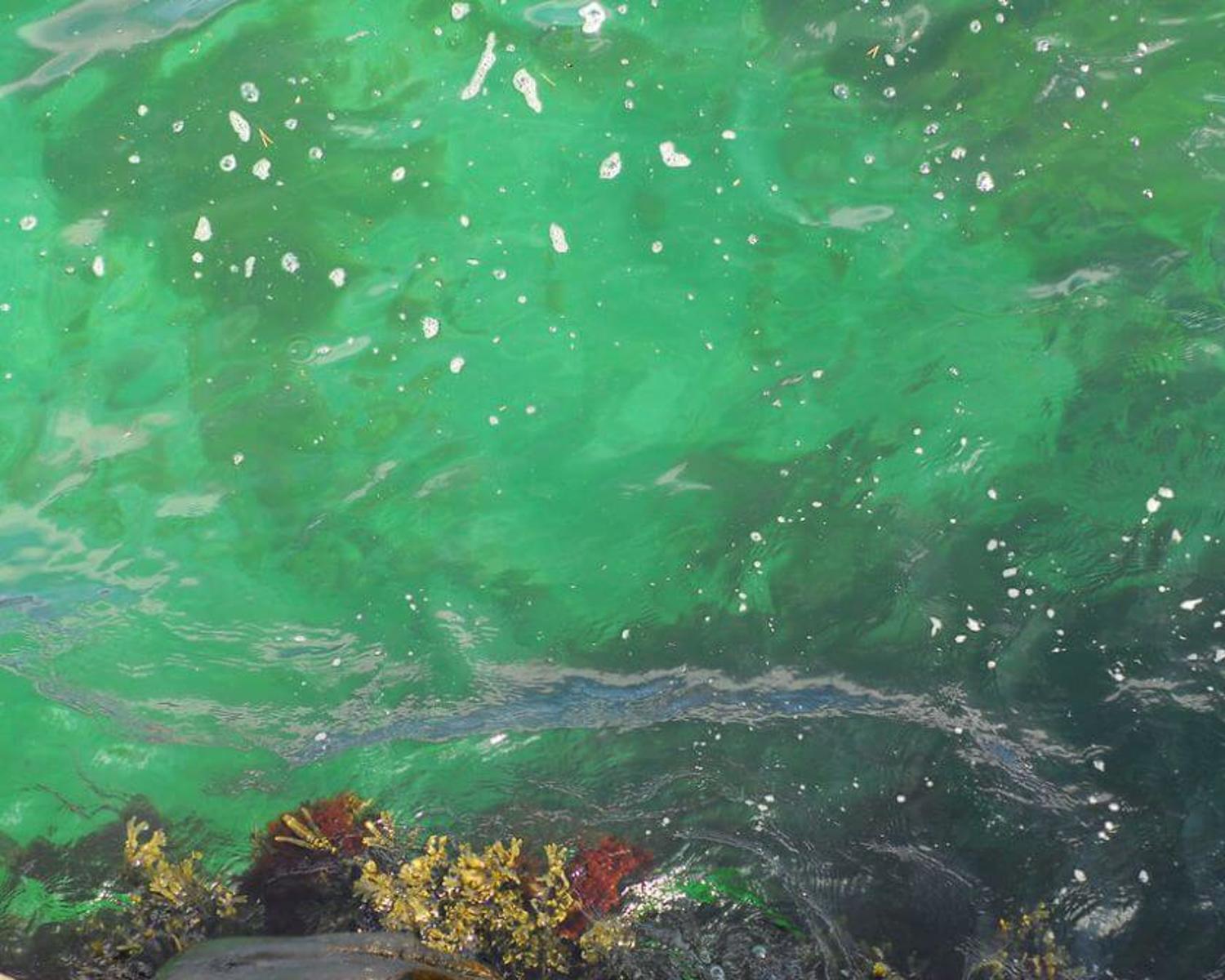
Artificial downwelling (AD) is an idea to pump upper layer water deeper down into the ocean.
This has also been suggested as a means to increase oxygen levels at deeper layers (see Oxygenating the Baltic), but in the following AD will be considered in terms of its proposed functionality of carbon transportation from upper layers to the deeper ocean. Although questions remain about the efficacy of AD for the purpose of carbon transportation to deep waters, the assumption is that it can artificially mimic a natural process in which carbon-saturated surface water can be pumped down to deeper levels where carbon levels are lower. The idea to use AD for this purpose was first suggested by Zhou and Flynn (2005), but has received relatively little further attention afterwards due to the very high associated costs and limited efficacy (GESAMP 2019). Multiple techniques have been suggested to pump ocean water up or down (Pan et al. 2016), and small scale tests have been conducted with physical pumps (Stigebrandt et al. 2015), with at least 60 different technologies currently patented (Liu et al. 2020). However, most of these technologies are designed to oxygenate deep water, and it is unclear if these techniques could feasibly be used to increase carbon uptake in the deep ocean at scale. The GESAMP (2019) report notes that some authors have previously suggested to artificially cool areas at high latitudes to increase thermohaline circulation and enhance downwelling, but that these techniques have not since been considered.
Analysis overview

Technological Readiness Level (TRL)
Low 1
Technological Readiness Level (TRL)
A technology with a TRL of 1-3: TRL 1 – Basic; TRL 2 – Concept formulated; TRL 3 – Experimental proof of concept

Scalability
Medium 2

Timeliness for near-future effects
Low 1
Timeliness for near-future effects
Implemented too late to make a significant difference

Northern + Arctic potential
Low 1
Northern + Arctic potential
No noticeable extra positive effect beyond the global average; technology is unsuited to the Arctic

Global potential
Low 1
Global potential
Insignificant to be detected at a global scale

Cost - benefit
Prohibitive 1
Cost - benefit
Cost of investment comparable to cost of avoided damage

Environmental risks
Some risk 2
Environmental risks
More widespread and possibly regional impacts that extend beyond the immediate solution deployment location

Community impacts
Neutral 2
Community impacts
Unnoticeable or negligible positive or negative effects

Ease of reversibility
Easy 3

Risk of termination shock
High risk 1
Risk of termination shock
High or very significant termination shock or damage

Legality/governance
Challenging 2
Legality/governance
Fits within existing structures to a certain degree, but some policy changes are needed to deploy at scale

Scientific/media attention
Low 1
Scientific/media attention
Very low attention from individuals and/or abandoned ideas; low media attention; no commercial interest.
References
Conley, D. J. (2012). Save the Baltic Sea. Nature, 486(7404), 463-464. https://doi.org/10.1038/486463a
Lenton, T. M., & Vaughan, N. E. (2009). The radiative forcing potential of different climate geoengineering options. Atmospheric Chemistry and Physics, 9(15), 5539-5561. https://doi.org/10.5194/acp-9-5539-2009
Liu, S., Zhao, L., Xiao, C., Fan, W., Cai, Y., Pan, Y., & Chen, Y. (2020). Review of artificial downwelling for mitigating hypoxia in coastal waters. Water, 12(10), 2846. https://doi.org/10.3390/w12102846
National Academies of Sciences, Engineering, and Medicine. 2022. A Research Strategy for Ocean-based Carbon Dioxide Removal and Sequestration. Washington, DC: The National Academies Press. https://doi.org/10.17226/26278.
Pan, Y., Fan, W., Zhang, D., Chen, J., Huang, H., Liu, S., ... & Chen, Y. (2016). Research progress in artificial upwelling and its potential environmental effects. Science China Earth Sciences, 59, 236-248. https://doi.org/10.1007/s11430-015-5195-2
Romany M. Webb, Korey Silverman-Roati, and Michael B. Gerrard. 2022. Removing Carbon Dioxide Through Artificial Upwelling and Downwelling: Legal Challenges and Opportunities, Sabin Center for Climate Change Law, May 2022. Available at: https://scholarship.law.columbia.edu/faculty_scholarship/3337/ [Accessed 18 July 2024]

